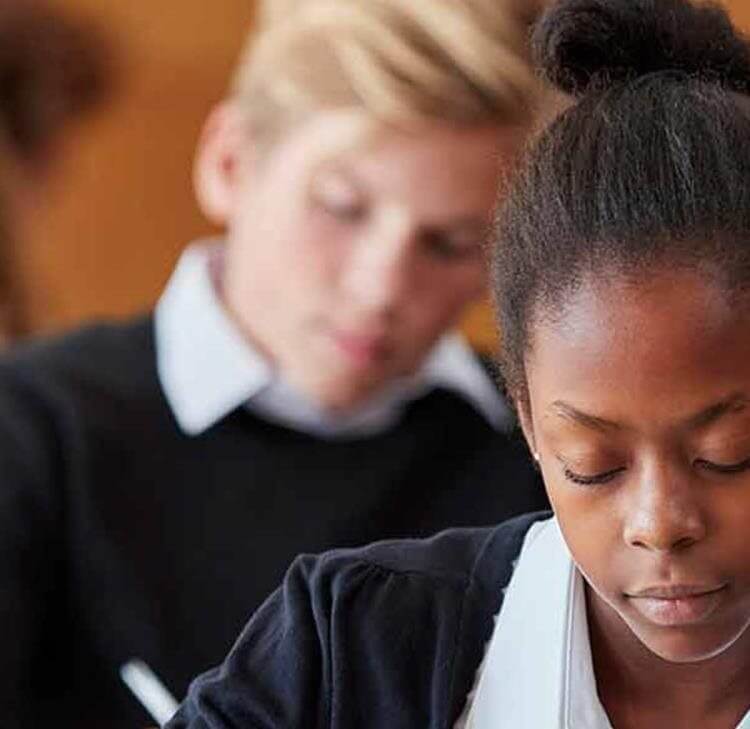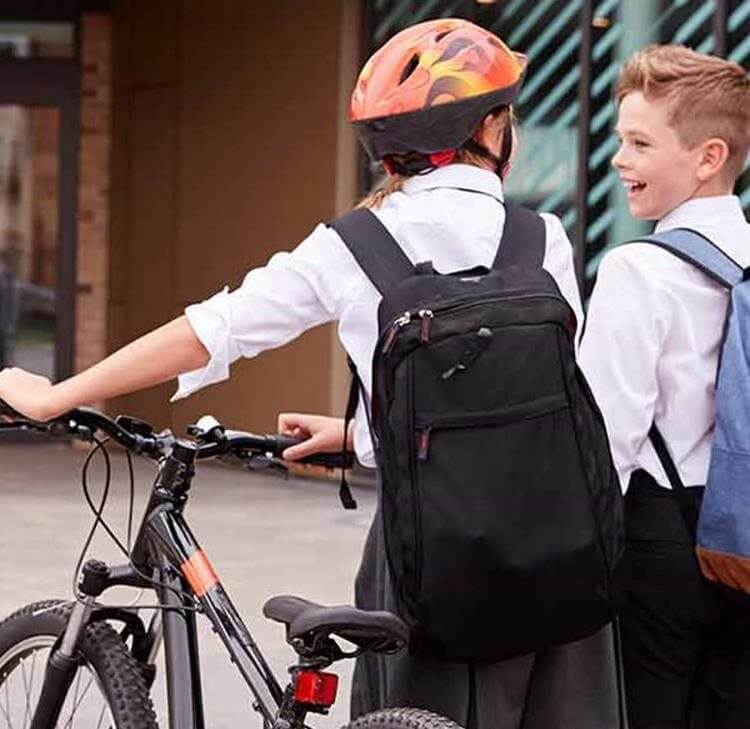This article is part of our series of briefings on The Children’s Wellbeing and Schools Bill.
In the lead up to the General Election, Labour pledged to: “bring down the cost of school by limiting the number of branded items of uniform and PE kit that schools can require”. The provisions in the Children’s Wellbeing and Schools Bill propose to turn that promise into law.
Current statutory guidance on the cost of school uniforms states that schools should think about the total cost of uniforms and “keep the use of branded items to a minimum”. The Bill removes the vagueness around what “to a minimum” means by specifying a maximum of three branded items (excluding a tie for middle and secondary school pupils).
Providing clarity
The Bill also provides clarity as to what “school uniform” actually encompasses, providing a definition of: “a bag and any clothing required for school or for any lesson, club, activity or event facilitated by the school”.
This goes beyond the typical school day and imposes restrictions on branded items for after school or extracurricular activities facilitated by the school. Therefore, if pupils have previously been required to purchase items of clothing where the events are facilitated by the school, this will require consideration by the school. For example, if a school holds a theatre production, they will need to consider any requirements for specific cast and crew clothing.
Whilst they can offer branded for purchase, the items of clothing cannot be a requirement for those taking part in the production. It is unlikely in such an example that the items of clothing would be a requirement, but if there are instances where they are, the school will need to consider alternatives.
Questions and assumptions
There may be some questions as to whether activities where the school are attending but not officially leading fall within this bracket, due to the phrasing of “event facilitated by the school”, such as sport or performing arts competitions. However, at present, it would be safer to assume that they do when deciding what branded items of school uniform are required.
There are also provisions explaining what will be classed as a “branded item”. This goes beyond something simply having the school logo or name on it or attached to it. Indeed, a branded item includes "where an item is only available from a particular store and has a distinctive characteristic, such as colour, design or fabric".
The inclusion of colours and fabrics in this context may seem broad, but it does align with the existing guidance in that schools should avoid selecting items of school uniform that can only be purchased from a specific or a limited number of suppliers.
Things to be thinking about
Overall, the Bill, if it becomes law, will require schools to really prioritise which items they wish to be branded. Whilst the bill does not expressly address the price of such branded items, the proposed restrictions should go some way to reduce the costs for parents.
The Bill itself does not indicate how schools should implement the new uniform requirements and how they should handle introducing the new uniform where the current pupils already use the existing uniform policy. As the basis of this part of the Bill is to reduce uniform costs for parents, there may be some instances where existing pupils and new pupils have different uniforms for a period of time. We expect updated government guidance may touch on these more practical elements once the legislation is in force.
Timing
As this section of the Bill will come into force on the day that the Act is passed, this is currently expected to be Autumn 2025. Whilst the Government may delay this section’s implementation to allow for a grace period for schools to update their policies, it is worth schools starting to review their uniform requirements as soon as possible.
This will allow schools to consider new uniform (if required), update their policy, and provide parents and pupils with the opportunity to discuss any exceptions / alternatives they may individually require in line with protected characteristics.
Find out more about The Children’s Wellbeing and Schools Bill
Contents
- Legal views on the Children’s Wellbeing and Schools Bill
- Academies: Freedoms and intervention
- What does the new Schools Bill mean for admissions?
- Attendance and children not in school
- New duties proposed for school breakfast clubs
- What does the new schools Bill mean for independent schools?
- How will the new Schools Bill address teacher misconduct?
- Establishing new schools under the Children’s Wellbeing and Schools Bill
- Schools Bill to bring changes to teachers’ pay and conditions
Key contact

Mark Hickson
Head of Business Development
onlineteaminbox@brownejacobson.com
+44 (0)370 270 6000










